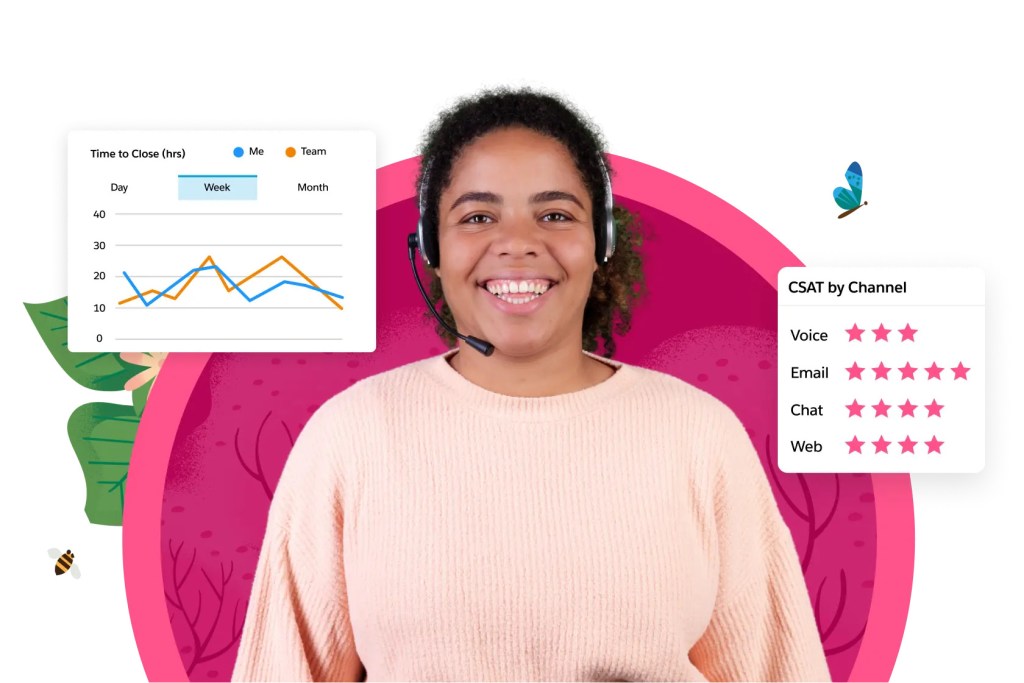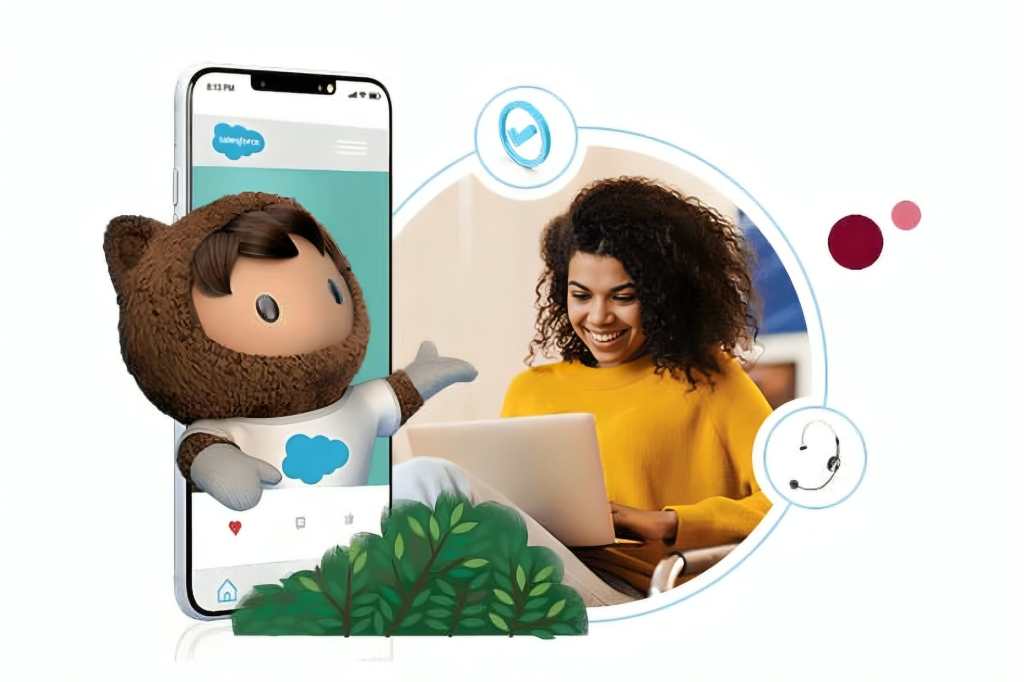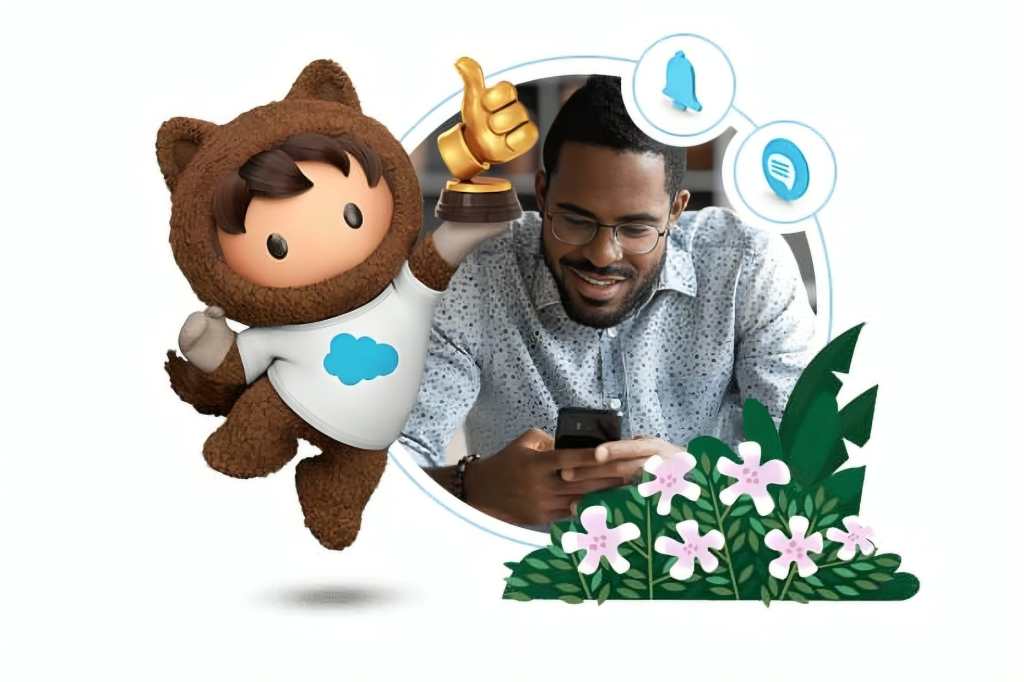
How to Measure Customer Satisfaction in 4 Steps
Can’t get customers to fill out your surveys? Here are 4 other ways to learn how they feel about your company

Can’t get customers to fill out your surveys? Here are 4 other ways to learn how they feel about your company


Do you always fill out the pop-up survey you receive after getting customer support from an agent or chatbot? If not, you’re not alone.
Despite some customer disinterest in answering these questionnaires, known as customer satisfaction (CSAT) surveys, many companies rely on them as the gold standard for how to measure customer satisfaction. While CSAT surveys can help you get valuable feedback, there are other approaches for how to measure customer satisfaction.
Ready to get started? Let’s look at four methods you can use now, plus how to improve customer experience based on your results.

Deliver personalized customer service at scale. Bring all of your support needs onto one platform so you can decrease costs while increasing efficiency.
Source: “State of Connected Customer," Salesforce Research, August 2023.
Measuring customer satisfaction helps you understand what your business is doing well and where it can do better. These answers lie in your customer data. By consistently monitoring and analyzing this data, you can make informed decisions about how to improve your products, services, and overall customer experience. Now, let’s dig into how to measure customer satisfaction.

High-performing service organizations are using data and AI to generate revenue while cutting costs — without sacrificing the customer experience. Find out how in the 6th edition of the State of Service report.

People don’t have to fill out a survey to reveal how they feel about your brand and customer experience. Often, that information is already available, embedded in how they communicate with you. You just need to tap into it.
To make sure that you’re capturing all of this data, make sure you have the right customer service channels for your business — phone, email, text, chat, video, social media, or even voice. (Yes, people still pick up the phone for service). No matter how your customers reach out, your agents need to be able to see all of a customer’s interactions with your company, not only with your service team but also with marketing and sales. You can do this with a connected, centralized customer relationship management (CRM) platform.
Next, it’s time to analyze your customer communication data. Here are a few ways you may want to slice the data to glean actionable insights. Artificial intelligence (AI) can help you make sense of the data by:
Issue type. Take note of the issues repeatedly reaching your service team. This will help you figure out where and why things may be going wrong and empower you to prevent problems before they start. For example, if many people complain about a lengthy order-processing time, you can collaborate with your customer service operations to make improvements.
Communication channel. It’s worth your time to review existing interactions segmented by communication channel. You may notice that customers who place larger orders or people who purchase a specific product tend to use the support ticket system. In contrast, single-item purchasers or new customers may use social media for help.
Tracking these trends helps you understand how to improve customer service and meet your customers where they are. The insights can also inform your help center or self-service content strategy. Based on the volume of inquiries around a specific topic, you can create new knowledge base articles for commonly searched issues. Use generative AI to create the first draft (a human should review and edit).
Customer sentiment. Along with recurring topics, take note of each customer’s emotions. An angry customer may express frustration through the words they choose or use all caps in a chat. Upbeat messages include exclamation points, positive feedback, and specific emojis that suggest the customer is satisfied (like smiley faces, clapping, and cheering). Assess both the upbeat and angry customer interactions, and see if you can tie the experiences back to ways to improve your products and services. And, of course, train agents to respond appropriately to all scenarios with the basics of emotional intelligence.

Repeat purchases say a lot about customer satisfaction. If a customer purchases an item repeatedly, they are likely happy with the product. This leads to a higher customer lifetime value and the likelihood they will recommend the brand to their friends, known as the Net Promoter Score.
This is where you can use alternative metrics in place of, or to augment, CSAT scores. Repeat frequency, customer lifetime value, and average cost per order all indicate customer satisfaction. These can help you make decisions about your business. For instance, if a specific product is sold in larger numbers to repeat customers rather than to new ones, you may see a higher level of satisfaction long-term with that product over one that is popular only with new customers. Based on these insights, you might rethink your product strategy.

Review how customers respond to promotions, such as coupons or seasonal sales. Some promotions that help measure customer satisfaction include:
In addition to sales that are available to all customers or groups of customers, you may want to consider promotions that are exclusive to individual customers. For example, after a support interaction, an agent may continue the engagement by putting a customer on a personalized journey. In retail, an agent may deploy an exclusive offer based on the customer’s shopping behaviors and preferences. In media companies, if a subscriber expresses frustration over an unresolved issue, the agent may put them on a win-back journey that uses promotions. You can measure how a customer responds based on these offers.

Many customers use social media platforms to praise a great experience with a company or share their frustrations. Their friends, followers, or anyone who searches by brand name or hashtag can find out about the experience.
That’s great for a brand that gets positive reviews but not so much for a company that is racking up negative ones. It’s essential to respond quickly to defuse problems or complaints.
Track sentiment across your social platforms with social listening tools. Set automated alerts to know when someone is discussing your brand and respond as needed. Include the following:
Re-share positive reviews or messages on your company’s social networks. This shows customers that you are listening and value what they have to say.
Be sure to connect marketing and service channels so service agents can jump in if there is an issue. For example, an agent may invite a customer to begin a private conversation to resolve a problem they posted about on social media, either through a direct message or another preferred channel.

Consistently review your results. A monthly overall data analysis helps you review customer satisfaction and identify areas for improvement. From there, work across departments to ensure that customer satisfaction translates into your company’s future success.
Try Service Cloud free for 30 days. No credit card, no installations.
Tell us a bit more so the right person can reach out faster.
Get the latest research, industry insights, and product news delivered straight to your inbox.